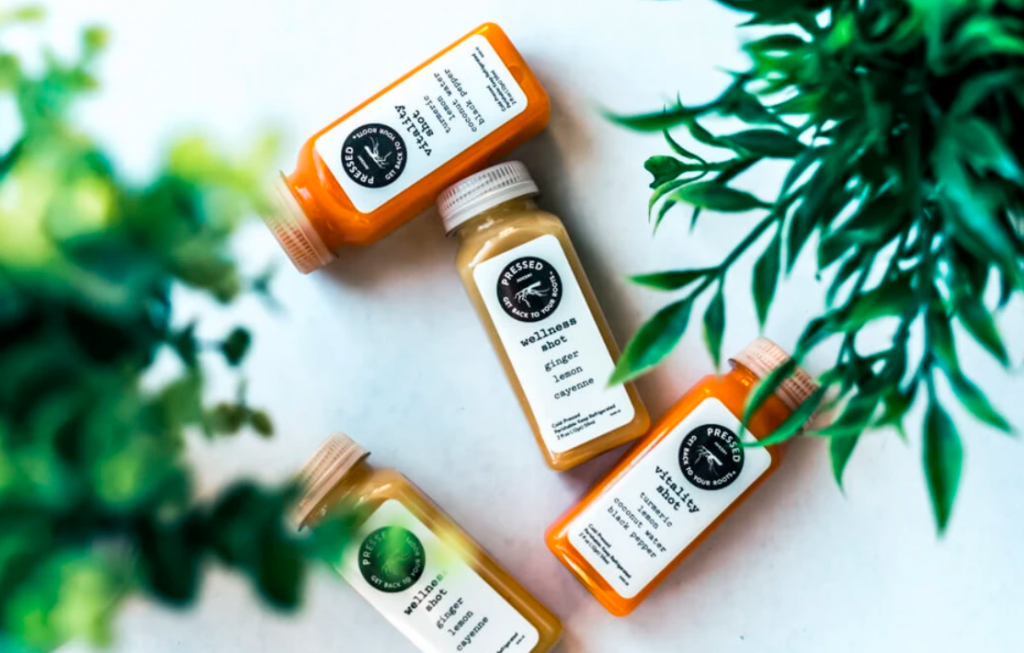Lifestyle Product Photography! Lifestyle product photography is a style of product photography that is used to capture the essence of a product in a relatable setting. This type of photography is often used for advertising and marketing purposes, as it can help to create an emotional connection between the viewer and the product. Lifestyle product photography can be used to showcase a wide variety of products, from food and beverages to fashion and accessories.

If you’re in the market for photography services that will help you capture your lifestyle products, look no further than lifestyle product photography. This type of photography is perfect for capturing products that you use every day, like vitamins or laundry detergent. Plus, it’s a great way to show off your unique style and personality.
Lifestyle Product Photography
The following tips will help you get started.
1. Shoot in a Natural Setting
When it comes to lifestyle product photography, shooting in a natural setting is key. This could mean taking pictures outdoors in a park or your backyard or using indoor spaces that have natural light streaming in. Either way, you want to make sure the environment you choose complements the look and feel of your product.

One advantage of shooting outdoors is that you can take advantage of the beautiful scenery and landscapes around you. If you’re shooting in a park, for example, try incorporating trees or flowers into your photos for a more natural look. And if you’re shooting indoors, be sure to use windows or doorways to let in natural light.
Another advantage of shooting in a natural setting is that it can help create a more relaxed and informal atmosphere.
2. Use Props to Add Context

One way to make lifestyle product photography more interesting is to use props to add context. This could be something as simple as a bowl of fruit or a stack of books, or something more elaborate, like a full room set up. The key is to use props that are relevant to the product and help tell its story. For example, if you’re shooting a pair of shoes, you might use a background of city streets or a sandy beach. If you’re shooting a watch, you might use a mock-up of a wrist with a watch on it. Props can help add interest and visual appeal to your photos, and they can also help communicate the story behind the product.
3. Use a Photo Lightbox

When photographing small lifestyle products, using a photo lightbox can help to create a clean and bright look for your images. A lightbox is simply a box with sides that are made of translucent material, such as white fabric or plastic. This allows light to evenly illuminate the object inside the box, resulting in a brighter photo with softer shadows.
4. Capture the Emotion of the Moment
When photographing lifestyle products, it’s important to capture the emotion of the moment. Whether you’re shooting a product in use or simply lying on a table, think about the story you want to tell and how your photo can help convey that story.

To create an emotional photograph, you first need to understand your subject matter. What is it about the product that makes it special? What is the story you want to tell? Once you have a clear idea in mind, look for ways to evoke those emotions in your photo.
For example, if you’re shooting a children’s toy, try capturing them in use by playing with the child. Or if you’re shooting a piece of jewellery, find a model who loves wearing it and capture her joy.
5. Shoot From Multiple Angles

One way to make your product photography look more interesting is to shoot from multiple angles. This can be done by taking pictures from different heights or by moving around the product while you take pictures. You can also try different lens perspectives, such as shooting from above or below the product. This will help to show off the product in a new light and give your photos more variety.
6. Edit Your Photos for a Cohesive Look

When taking photos of lifestyle products, it’s important to make sure they all have a cohesive look. This can be done by editing your photos after you take them. Crop them to the same size, and use the same filters and lighting effects to make them look like they belong together. You can also use a photo editor to add text or graphics to your photos. This will help create a consistent look for your product photos.
Conclusion
In conclusion, a viable career and sustainable income can certainly be achieved through product photography. As businesses continuously seek visually appealing ways to market their products, the demand for skilled product photographers remains high. Professionals in this field can secure projects from a variety of clients, including e-commerce platforms, advertising agencies, and manufacturers, generating revenue through project fees, image licensing, print sales, and ongoing client relationships. Success in product photography necessitates a blend of artistic talent, technical proficiency, effective business strategies, a strong portfolio, and the ability to adapt to evolving market trends. For those dedicated to honing their craft and building a solid client base, a fulfilling livelihood in product photography is indeed attainable.
Frequently Asked Questions
Q1: Lifestyle Product Photography?
A1: Lifestyle product photography involves capturing products within a real-life context or scenario to showcase how they fit into a consumer’s everyday life. This style aims to evoke a certain lifestyle, emotion, or aspiration associated with the product, making it more relatable and enticing to potential buyers. By integrating products into natural settings and activities, such as a product in use at a home or outdoor location, lifestyle product photography helps create a compelling narrative that resonates with the target audience and enhances the product’s appeal.
Q2: How much does lifestyle product photography cost?
A2: The cost of lifestyle product photography can vary widely based on several factors such as the photographer’s experience, location, complexity of the project, the number of products, and the level of post-production editing needed. On average, it can range from $200 to $2000 or more per project. Some photographers may charge per hour or image. It’s essential to communicate your specific requirements and budget with photographers to get accurate price quotes and ensure the final cost aligns with your expectations and project needs.
Q3: What is the difference between lifestyle and product photography?
Q3: Lifestyle photography focuses on showcasing products within real-life contexts, often incorporating people and settings to depict how the product fits into a particular lifestyle or scenario. On the other hand, product photography emphasizes the product itself, typically featuring a clean and isolated presentation to highlight its details, features, and quality. While lifestyle photography tells a story and creates an emotional connection, product photography aims to showcase the product’s attributes and aesthetics clearly and compellingly.
Q4: What does a lifestyle photo include?
A4: A lifestyle photo includes a representation of everyday life or a specific context, featuring people, products, or both, in a natural or staged environment. It aims to capture a moment that reflects a particular lifestyle, activity, or emotion. This type of photography often incorporates settings, props, and activities relevant to the intended message, providing a relatable and engaging visual narrative.
Can you make a living off of product photography?
A5: Yes, it is possible to make a living off of product photography. Many professional photographers specialize in product photography and build successful careers by offering their services to businesses, e-commerce platforms, advertising agencies, and more. They generate income through client projects, licensing images, selling prints, and establishing long-term relationships with clients in need of high-quality product photography for marketing and promotional purposes. Success in this field often requires skill, creativity, business acumen, and a strong portfolio to attract and retain clients.



